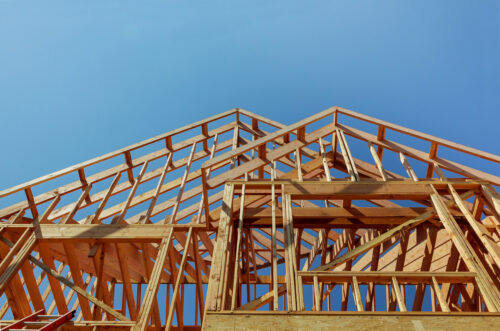This content conveys general information. Do not use it as a substitute for legal advice. Any attorney general opinions cited are available from the League’s Research staff.
Nonconformities
Nonconformities are any land uses, structures, or lots that do not comply with the city’s current zoning ordinance.
Legal nonconformities
Legal nonconformities are those that were legal when the zoning ordinance or amendment was adopted. That is, they complied with then-existing ordinance and law. Legal nonconformities generally have a statutory right to continue. They are also often called grandfather rights.
Illegal nonconformities
Illegal nonconformities are those that were not permitted when established. Illegal nonconformities do not have the rights associated with legal nonconformities. They may exist because a prior zoning ordinance was not enforced as written. A city’s failure to enforce a prior zoning ordinance does not give a landowner the legal right to continue an illegal nonconformity. Before assuming a particular nonconformity is entitled to the statutory right to continue, cities should consider whether the nonconformity ever complied with existing ordinance or law.
Floodplain nonconformities
Legal nonconformities in floodplain areas have more limited rights. Cities may regulate the repair, replacement, maintenance, improvement, or expansion of nonconforming uses and structures in floodplain areas to the extent necessary to maintain community eligibility for the National Flood Insurance Program (NFIP) (Minn. Stat. § 462.357 subd. 1e(c)).
Statutory rights of legal nonconformities
Minnesota law says any legal nonconformity has a right to continue (Minn. Stat. § 462.357, subd. 1e). It may be continued through repair, replacement, restoration, maintenance, or improvement. These rights were limited to repair and maintenance until 2004 when the Legislature added replacement, restoration, and improvement but not expansion. Cities may choose to allow expansion in certain circumstances by ordinance.
Who benefits from nonconforming rights
The rights of legal nonconformities attach to and benefit the land. They are not limited to a particular landowner. If the benefited property is sold, the new owner will have continuance rights.
Loss of nonconforming rights
The right to continue a legal nonconformity can be lost if the use is discontinued or destroyed.
Discontinuance
State law makes an exception to continuance rights when a nonconforming use is discontinued for more than one year (Minn. Stat. § 462.357 subd. 1e(a)(1)).
Destruction
State law has another exception to continuance rights when a nonconforming structure is destroyed by more than 50% of its assessed market value, and no building permit is applied for within 180 days (Minn. Stat. § 462.357 subd. 1e(a)(2)). This exception is known as the 50% rule and used to have greater impact before the 2004 Legislature provided that applying for a building permit within 180 days of destruction defeats the exception.
Phasing out
Historically, the theory behind legal nonconformities was that property would eventually comply with the zoning ordinance. The statutory right to continue was more limited, and cities could phase out nonconformities over time through a process called amortization.
Current law prohibits amortization, except for adult uses (Minn. Stat. § 462.357 subd. 1c).
City role in administering nonconformities
The rights of legal nonconformities to continue does not depend on local ordinance, and so a city often has little role administering nonconformities. Landowners may assert their continuance rights in response to city enforcement of a zoning ordinance. The burden is on the landowner to establish that their property qualifies for nonconforming rights.
Zoning ordinances
Some cities choose to address nonconformities in their zoning ordinance by:
- Codifying the statutory rights, or
- Setting up systems to register legal nonconformities.
If a zoning ordinance covers nonconformities, cities should carefully review its provisions and make sure they are consistent with the current state statute.
Expansion of nonconforming uses
State law says the right of legal nonconformities to continue does not include expansion. Because the law does not define expansion, some cities define expansion in the city zoning ordinance. The definition could refer to:
- Any physical expansion of the nonconformity, or
- Intensifying the use.
Cities can allow expansion of nonconformities. State statute specifically says: “A municipality may, by ordinance, permit an expansion or impose upon nonconformities reasonable regulations to prevent and abate nuisances and to protect the public health, welfare, or safety.” Some cities have long had ordinance provisions allowing the expansion of nonconformities in certain limited circumstances.
Compliance with other city ordinances
While legal nonconformities have a right to continue without complying with the current zoning ordinance, they must still comply with all other city ordinances, such as a nuisance or licensing ordinance (Minn. Stat. § 462.357 subd. 1d).





